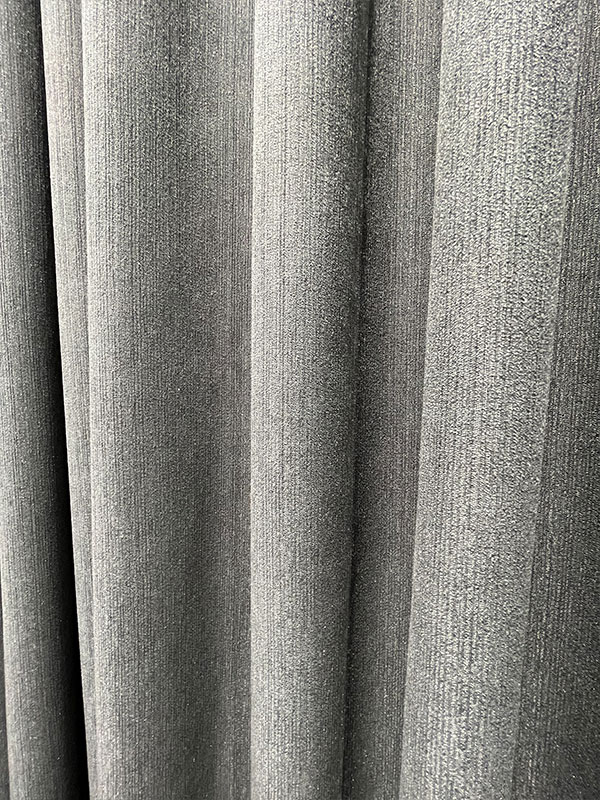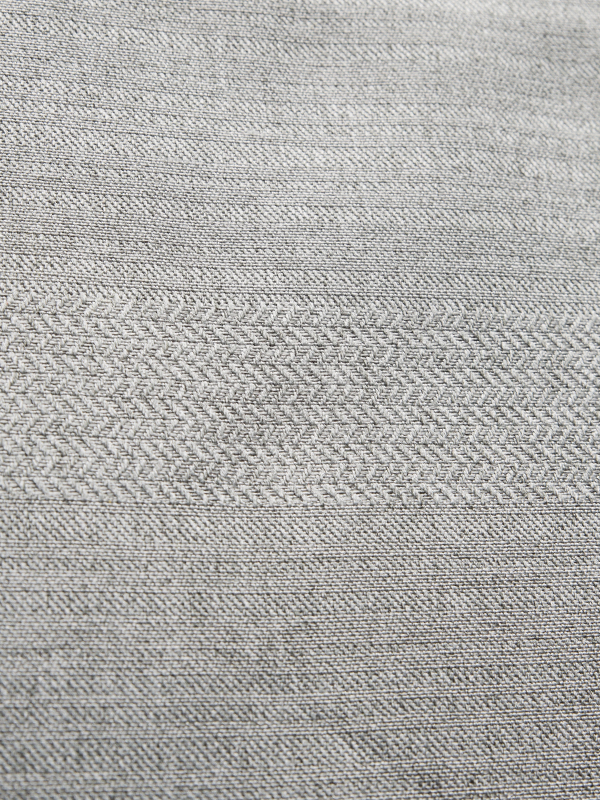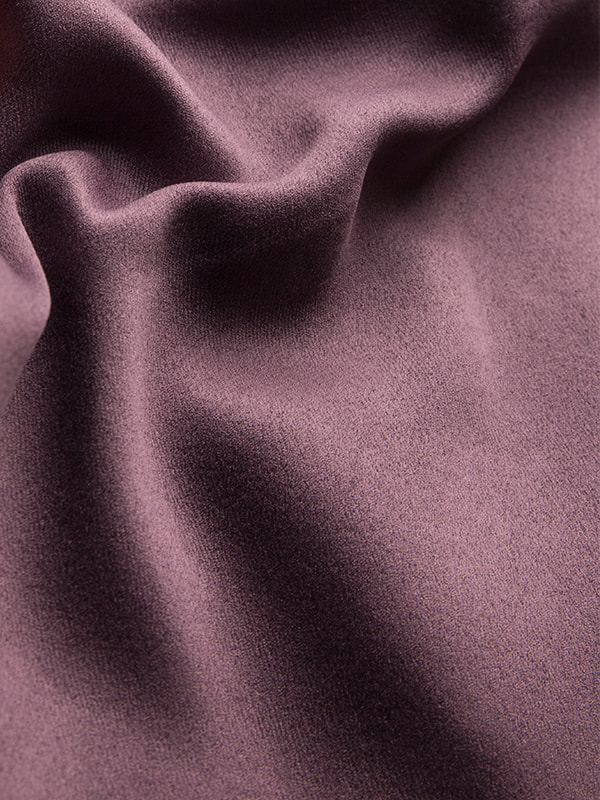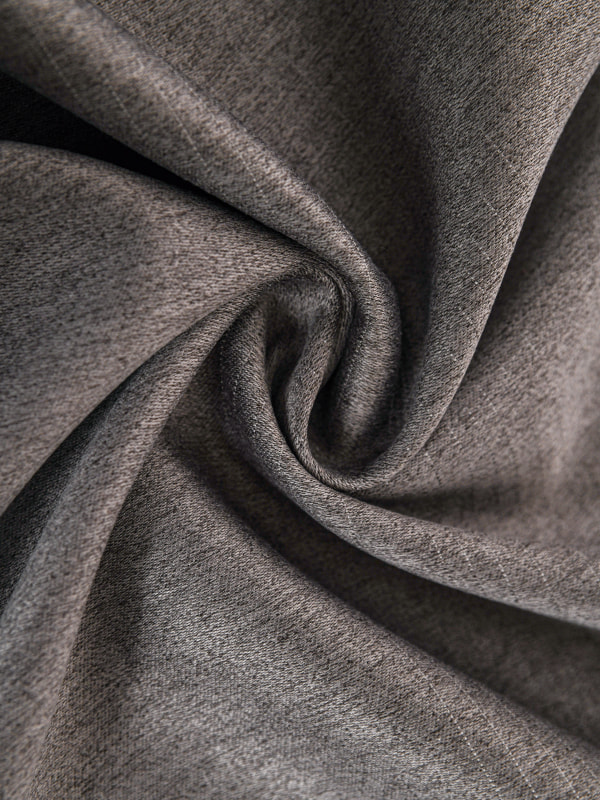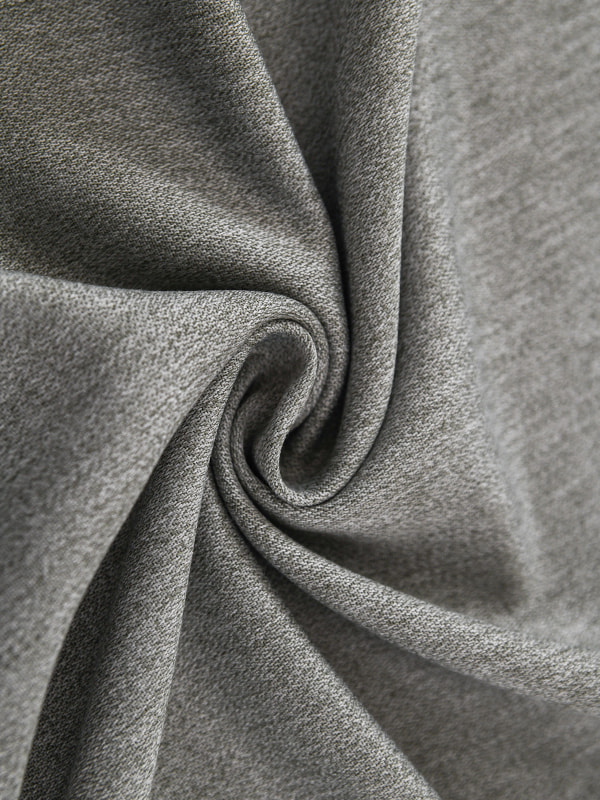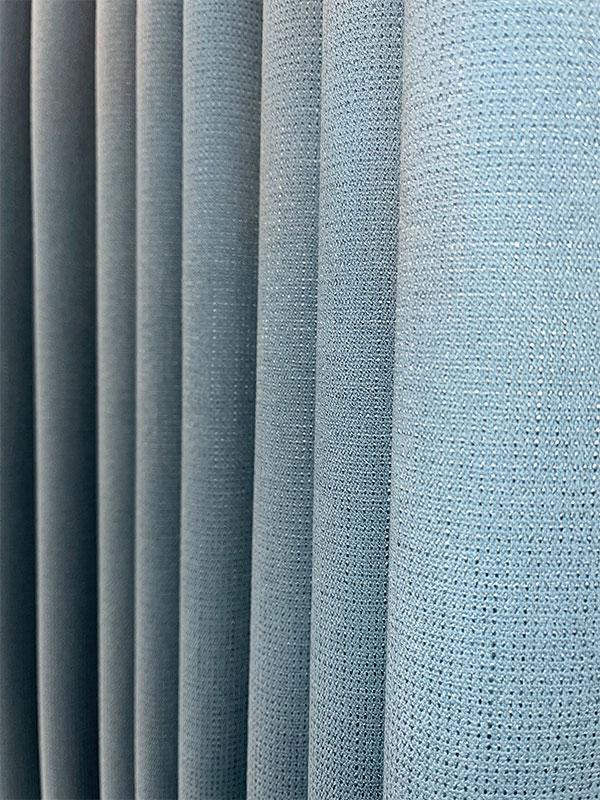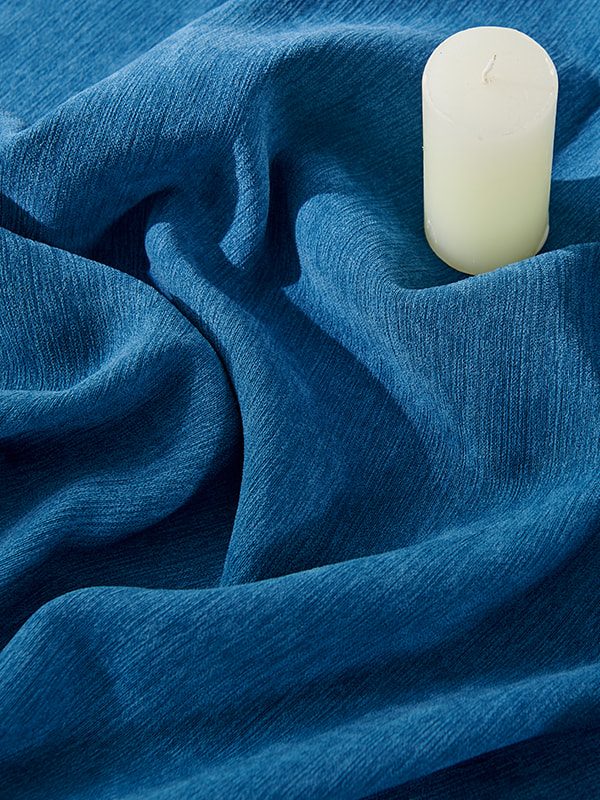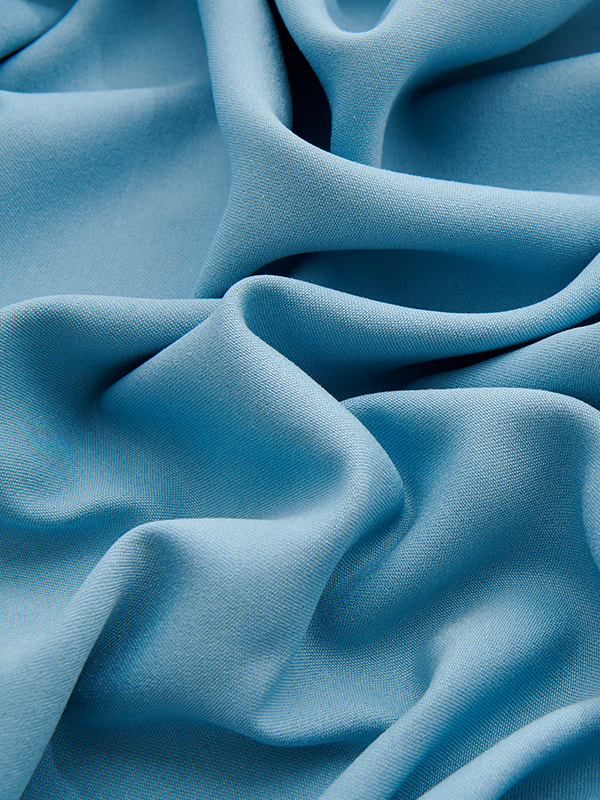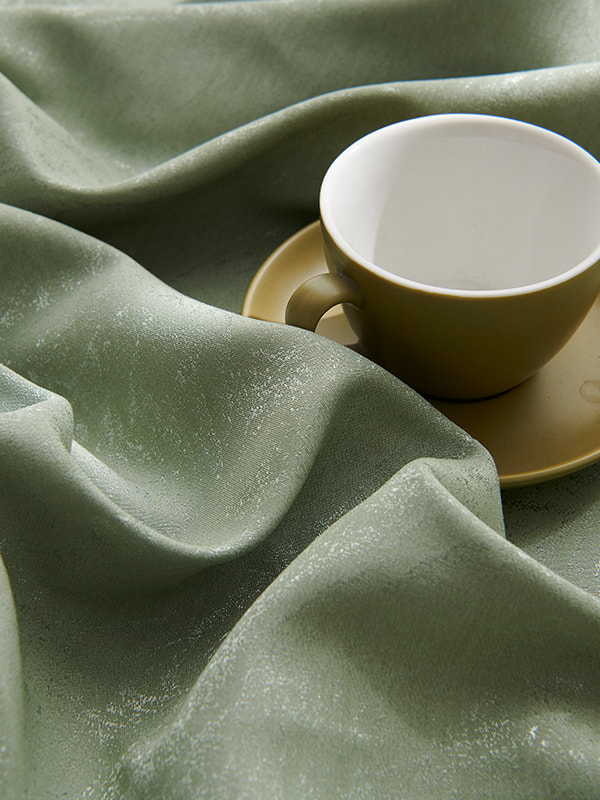The thermal insulation performance of modern simplicity curtain fabric can vary based on several factors, including the specific characteristics of the fabric, its thickness, density, and any additional features such as thermal backing or liners. Here are some factors that influence the thermal insulation performance of modern simplicity curtain fabric:
Fabric Material:
The type of material used in the curtain fabric plays a significant role in its thermal insulation properties. Certain materials, such as heavy, densely woven fabrics like velvet or thermal-weave fabrics, tend to provide better insulation than lightweight or sheer materials.
Density and Thickness:
The density and thickness of the fabric contribute to its ability to resist heat transfer. Thicker and more densely woven fabrics create a barrier that is more effective in reducing both heat loss and heat gain.
Thermal Backing:
Some modern simplicity curtain fabrics come with a thermal backing or lining. This additional layer is designed to enhance the curtain's insulation properties by providing an extra barrier against temperature fluctuations. Common thermal backing materials include foam, acrylic, or reflective films.
Weave Type:
The weave type of the fabric can impact its thermal insulation. Tighter weaves reduce airflow, helping to maintain a stable indoor temperature. Fabrics with a dense weave, such as twill or basketweave, can enhance insulation.
Color:
The color of the curtain fabric can influence its thermal properties. Dark-colored fabrics tend to absorb more sunlight and heat, making them suitable for reducing heat gain in warmer months. Lighter-colored fabrics reflect more light and heat, contributing to a cooler interior.
Curtain Design:
The design of the curtain, including its pleats, folds, and layers, can create air pockets that act as insulators. Pleated curtains, for example, can trap air and provide additional thermal resistance.
Proper Installation:
The way curtains are installed can impact their thermal performance. Properly fitted curtains that extend beyond the window frame and reach the floor or window sill create a better seal, minimizing heat exchange with the outdoor environment.
Usage Patterns:
The thermal insulation performance can also be influenced by how and when the curtains are used. Closing curtains during colder nights and opening them during sunny days can optimize energy efficiency.
While modern simplicity curtain fabric can contribute to thermal insulation, it's important to note that curtains alone may not be the sole solution for achieving optimal energy efficiency in a home. They work best when complemented by other energy-saving measures, such as proper insulation of windows, doors, and walls, and the use of energy-efficient heating and cooling systems.
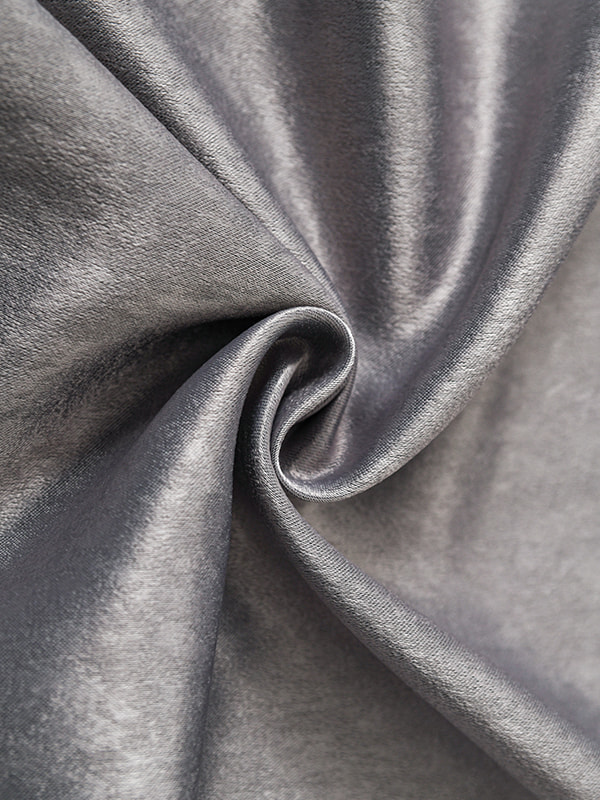


 English
English русский
русский عربى
عربى Español
Español
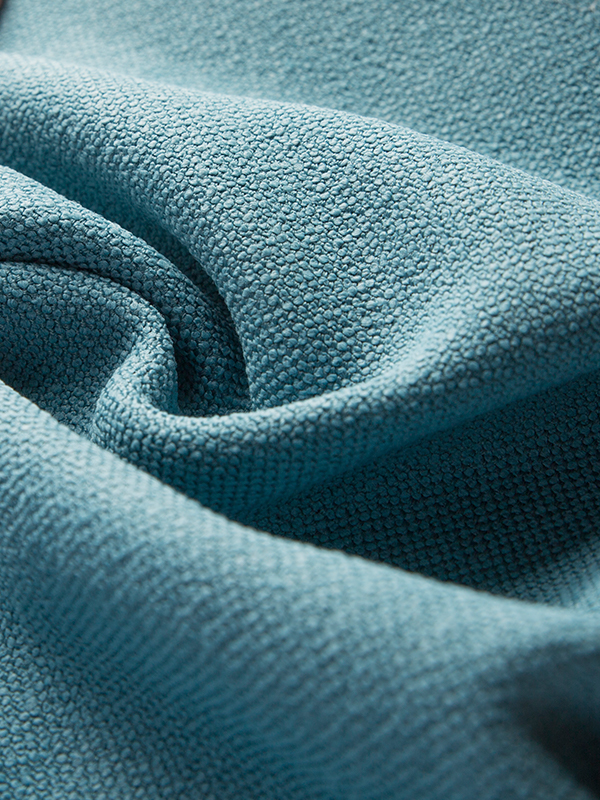
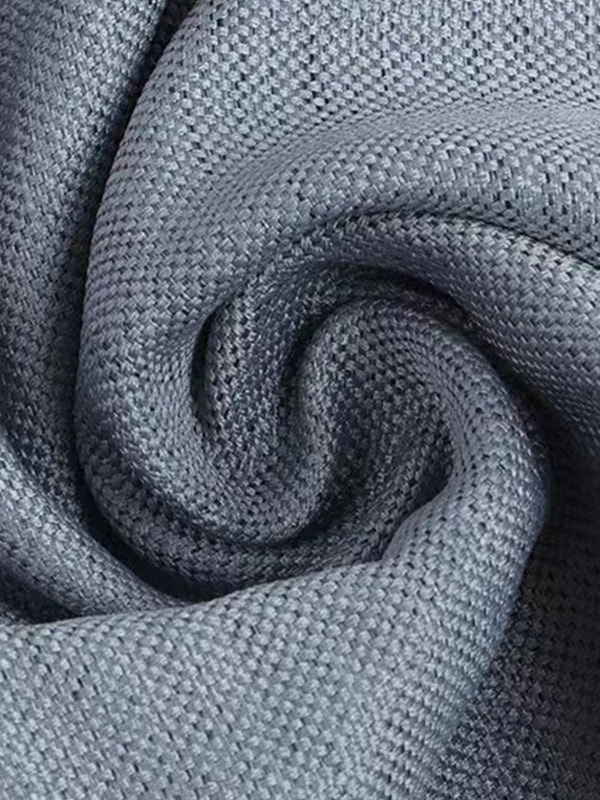
.jpg)

